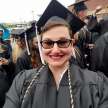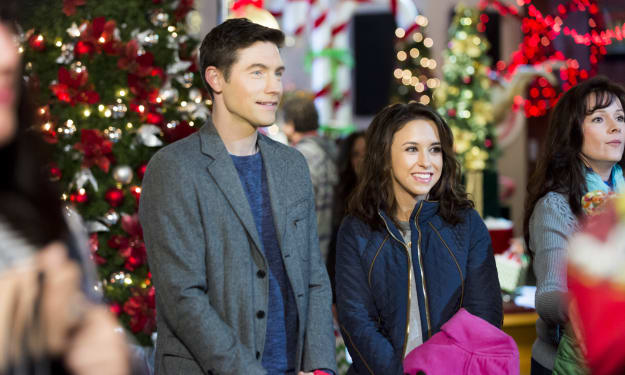Autism Is Having a Moment on TV but Not Everyone In the Autistic Community Is Celebrating
Allistic writers do a better job of writing autistic characters on accident than on purpose. It is easy to see why.

With The Good Doctor, Atypical, and Young Sheldon recently introduced to the screen, you could say that autism is having a moment in pop culture. The protagonists of these three shows add to a sparse roster of explicitly autistic characters in mainstream film and television. However, not everyone in the autistic community is celebrating. Why is that, you ask? Well, all three of these characters fit an annoyingly familiar mold: young white guys who are straight as far as we know, come from middle class backgrounds, and fit a very specific set of strengths and struggles. Characters who fit this profile are not bad simply by the nature of these traits and real people like them certainly do exist. The problem with these characters is that they are incomplete representations of the autistic community. Autistic women, people of color, members of the LGBTQ community, senior citizens, people with additional disabilities, and even people whose interests and abilities do not fit the rude math and science genius mold are left out of the narrative. This exclusion is frustrating at best and actively harmful at worst.
The characters that I feel best reflect my own autistic traits include Hermione Granger from the Harry Potter series, Tina Belcher from Bob’s Burgers, Lilo from Disney’s Lilo and Stitch, and the title character of Amélie. None of these characters, however, are explicitly described as autistic by their creators and probably were not intended to be. Though I am now older than Hermione ever was in the series, excluding the Nineteen Years Later scene, I still relate to her impressive “books smarts” but lack of “social smarts.” Tina’s early teen awkwardness and interest in writing “friend fiction” reminds me of what I was like at her age. Lilo’s overactive imagination and difficulty relating to her peers remind me of what I was like as a little kid. Amelie says very little but expresses a great deal and finds joy in observing details that other people would not notice. If you look at the popular submission-based Tumblr account Autistic Character of the Day you will find these characters and a plethora of others from all types of media. The one thing they all have in common is that an autistic Tumblr user relates to every one of them. When there are so few characters that are explicitly stated to be autistic and many of them are frankly offensive portrayals, many members of the autistic community can’t help but look elsewhere for characters that reflect our lives and we often latch on strongly to the characters that we find.
Allistic writers do a better job of writing autistic characters on accident than on purpose. It is easy to see why. Media that relies on lazy stereotypes perpetuates a cycle. People with little knowledge of a group think they know more than they do because they consume such media and then go on to write similar characters and pat themselves on the back. However, because misconceptions dominate the way most of the world views autistic people, you probably know more of us than you think you do. There are a lot of situations where we're likely to keep our diagnosis to ourselves. When a writer bases certain traits in a character on someone they know in real life, they can accidentally create a character in which autistic audience members will see themselves. Alternatively, one could intend on writing a character who is simply "weird" and unintentionally manifest their weirdness in autistic traits.
There are ways media creators can fight anti-autistic stereotypes in their work. I won't say that only autistic people can write autistic characters, but I would recommend that allistic writers leave stories about autism to us. Similarly, I would recommend talking to autistic people in the character's age group and using sources like the Autistic Self Advocacy Network for research. Certain well known autism-focused organizations do not have anyone on the spectrum on their leadership board and therefore cannot accurately represent our interests. Finally, don't forget to give your character a personality beyond their autism. Having a list of traits in common does not mean that we are all the same kind of person. I hope someday TV will have an autism moment that more autistic people feel is worth celebrating.
About the Creator
Lauren Harsh
human mess






Comments
There are no comments for this story
Be the first to respond and start the conversation.